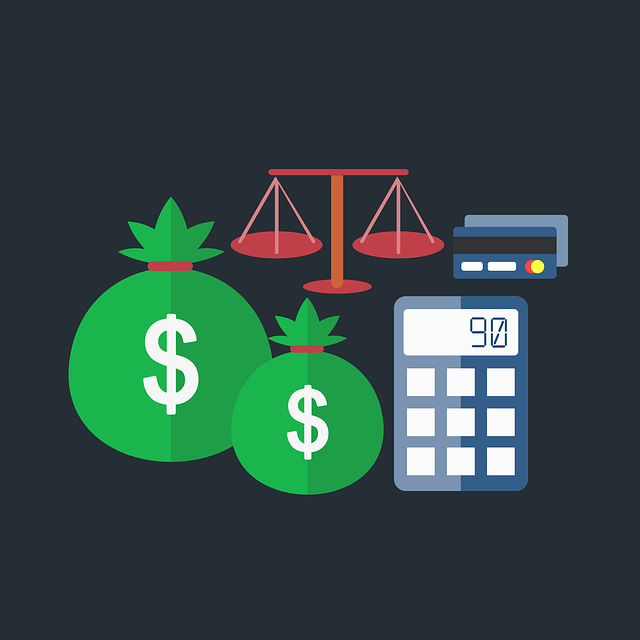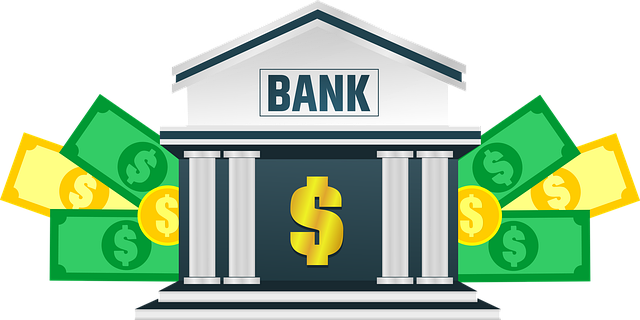A Business Line of Credit (BLOC) offers a flexible, revenue-based funding solution for businesses with unpredictable cash flow. Unlike traditional loans, BLOC aligns the credit limit with projected sales or revenue, allowing entrepreneurs to borrow and repay based on actual income. This adapts to market fluctuations, provides faster access to capital for unexpected expenses, and supports sustainable growth by preserving cash reserves. To optimize a BLOC, evaluate your business's financial health, compare terms, and strategically plan repayments, focusing on automated revenue-driven paybacks for streamlined management.
In today’s unpredictable business landscape, unexpected expenses can arise at any moment, testing the financial resilience of even the best-prepared companies. A flexible solution gaining traction is the Business Line of Credit (BLOC), a dynamic funding mechanism that provides working capital when needed most. This article delves into BLOC as a powerful tool for managing unforeseen costs, exploring revenue-based funding models, benefits, application considerations, and successful real-world implementations.
- Understanding Business Line of Credit (BLOC): A Flexible Funding Solution
- How Revenue-Based Funding Works Within BLOC
- Benefits of Utilizing a Line of Credit for Unexpected Expenses
- Key Factors to Consider When Applying for a BLOC
- Strategies to Effectively Manage and Repay Your BLOC
- Real-World Examples: Businesses Succeeding with Line of Credit (BLOC) Funding
Understanding Business Line of Credit (BLOC): A Flexible Funding Solution

A Business Line of Credit (BLOC) is a flexible and dynamic funding solution designed to meet the cash flow needs of businesses. Unlike traditional loans with fixed terms, a BLOC offers a revolving line of credit, allowing entrepreneurs to borrow funds as needed up to an approved limit. This means business owners can access capital for unexpected expenses, such as equipment repairs, market fluctuations, or sudden growth opportunities, without the constraints of a set repayment schedule.
BLOC is particularly appealing for revenue-based funding, where the line of credit is tied to a company’s sales or revenue performance. This ensures that businesses only pay back what they can afford, based on their income. It’s an innovative approach that promotes adaptability and supports sustainable growth by providing the financial flexibility required to navigate unforeseen challenges and seize emerging opportunities.
How Revenue-Based Funding Works Within BLOC

At its core, BLOC (Business Line of Credit) offers a unique solution for businesses seeking financial flexibility. This innovative approach to lending is particularly appealing to those with unpredictable cash flow, as it provides a line of credit based on a company’s future revenue. Instead of relying solely on historical data or assets, BLOC assesses a business’s potential income from upcoming sales and invoices.
Here’s how it works: businesses apply for a line of credit that is tied to their projected revenues. Once approved, they can draw funds as needed up to the agreed-upon limit. The key advantage lies in the fact that repayment is structured around actual revenue generation, ensuring that businesses only pay back what they can afford based on their sales performance. This model offers a more adaptable and potentially less burdensome alternative to traditional loans, especially for startups or companies with fluctuating income streams.
Benefits of Utilizing a Line of Credit for Unexpected Expenses

Utilizing a business line of credit (BLOC) for unexpected expenses offers several key advantages over traditional funding methods. Unlike loans with fixed terms and rigid repayment schedules, a BLOC provides a flexible revenue-based funding solution. This means businesses can access funds as needed, drawing from their available credit line up to a predetermined limit. Such flexibility is particularly valuable during unpredictable periods, enabling companies to swiftly meet urgent financial obligations without the stress of arranging new financing.
Moreover, BLOCs often come with lower interest rates and more favorable terms compared to credit cards or short-term loans. This cost-effectiveness allows businesses to preserve capital and allocate resources more efficiently. By leveraging a line of credit, entrepreneurs can navigate unexpected expenses while maintaining control over their financial health and strategic decision-making.
Key Factors to Consider When Applying for a BLOC

When considering a Business Line of Credit (BLOC), several key factors come into play. Firstly, evaluate your business’s financial health and revenue streams. Lenders will assess your ability to repay by examining your sales history, cash flow projections, and overall revenue-generating potential. This is especially crucial for revenue-based funding, where the line of credit is tied directly to your business’s performance.
Additionally, understand the terms and interest rates offered by different lenders. BLOCs often come with variable or fixed interest rates, each having its advantages and disadvantages. Compare these rates against traditional loans or other funding options to ensure you’re securing the best deal for your business. Terms like draw periods, repayment schedules, and any associated fees will also significantly impact your overall financial planning and budget.
Strategies to Effectively Manage and Repay Your BLOC

When managing a Business Line of Credit (BLOC), prioritizing repayment is key. Since BLOCs are typically tied to your business revenue, a strategic approach can ensure you make timely payments while utilizing this flexible funding source effectively. Start by creating a detailed budget that allocates funds for debt repayment alongside operational expenses. This practice provides a clear picture of your cash flow and helps in making necessary adjustments.
Additionally, consider implementing revenue-based funding strategies to automatically repay the BLOC. This involves directing a percentage of your business’s gross revenue towards the line of credit until it is fully paid off. Such an automated approach streamlines repayment, ensuring you meet obligations without disrupting other financial commitments or business activities.
Real-World Examples: Businesses Succeeding with Line of Credit (BLOC) Funding

In today’s dynamic business landscape, unexpected expenses are a common challenge for entrepreneurs. One innovative solution gaining traction is leveraging business line of credit (BLOC) funding. This alternative to traditional loans allows businesses to access flexible financial resources based on their revenue streams. For instance, a tech startup facing an unforeseen marketing campaign surge can tap into its BLOC to swiftly cover the additional costs, ensuring they don’t miss out on a valuable opportunity.
This funding method is particularly appealing for businesses seeking revenue-based funding. Unlike fixed-term loans with strict repayment schedules, a line of credit adjusts to the company’s cash flow, offering relief during lean periods and accommodating growth when revenue increases. A successful online retailer might utilize their BLOC to invest in inventory during peak seasons, knowing they can repay the advance as sales volumes rise later in the year. This strategic financial tool empowers businesses to navigate unpredictable markets with greater agility and confidence.






